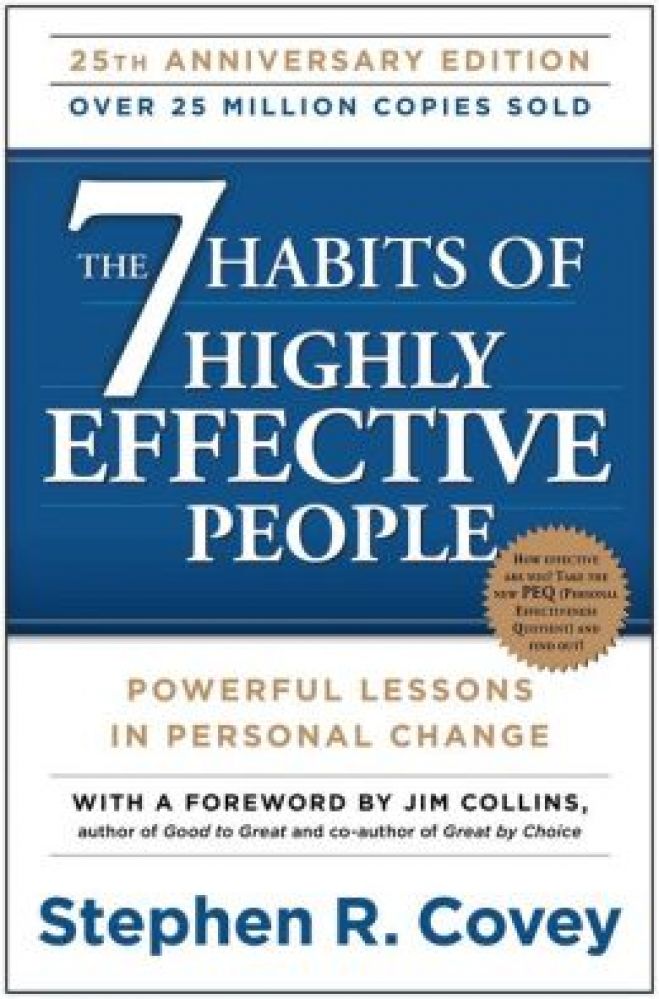How Crowdfunding Is Changing the Fashion Business
Historically, an item of clothing was not produced until a customer ordered it. In an industry that has moved beyond bespoke toward mass offshore production of fast fashion, online retailers Gustin, The Petite Shop, and Before the Label are bringing decision-making back to the customer and production back to the United States for faster turnaround and lower minimums.All three companies use an “in-house” crowdfunding model for their business – think private Kickstarter for a single designer or retailer. Each apparel or accessory item is listed in its own campaign with its own production minimum. Only if the item gets enough backers is it produced.Contrast this with the modern-day retail model: Brands design an entire season’s collection of 10-15 styles, do their best to estimate the demand based on wholesale orders or past seasons’ performance, and then produce thousands of pieces abroad. These mass-produced pieces are presented to consumers at inflated prices to account for probable markdowns as time and excess supply devalue them. Consumer decisions are motivated by a lot of different factors, and these decisions can potentially serve as powerful catalysts for social change. There is another choice – a choice that is emerging as a win-win-win for the customer, the designer, and where applicable, the retailer.Related: Beanies, Tees and Steez: How Shaun Neff Built a $100 Million Business Out of His Backpack[1]Stephen Powell, co-founder of Gustin[2], a premium menswear line designed and produced in San Francisco, explains: “We’ve been taught as consumers -- over the last five years in particular -- that things should just show up on our doorstep within days. Immediate gratification. But there’s a new business model for those who are willing to trade a bit more time to get quality, at the same price point you were paying before”. In Gustin’s case, that trade…
Read more...











